From 2006 to 2007:
The decision to occupy arable areas to provide funds to protect the Atlantic forest, demanded the answer to a fundamental question: which crops shall we grow?
It was not easy to answer that question. In fact, it took three years until the ideas and experiences allowed us to focus on something viable.
It was three and a half years of trials, errors and challenges … and some successes too!
During this period, we contemplated numerous short, medium and long-term projects that could adapt to the climate and meet our expectations for results. We experimented with various cultures that could fit harmoniously with the Atlantic forest and the microclimate of the place. We looked at piassava, manioc, millet, palm oil; we planted a citrus orchard and started a nursery to make differentiated coffee seedlings of Connilon and in particular, of the Arabic strain, with genetic material that could survive at low altitudes and high temperatures.
Then we started to work in a structured way. The most significant events and projects of this period were:
- Restoring the Main House
- Starting the Livestock Project
- Initiating a nursery and planting seedlings while getting the coffee processing facilities ready.
- Plant eucalyptus trees to supply wood for the drying of the coffee (while we plant 2500 Pau Brasil seedlings)
- Maintaining the palm fiber extraction (piassava) and palm oil (dendé)
- Evaluating and initiating the Rubber Project
- Experimenting with the limes in a small plantation and evaluating the value chain for export
Home Headquarters
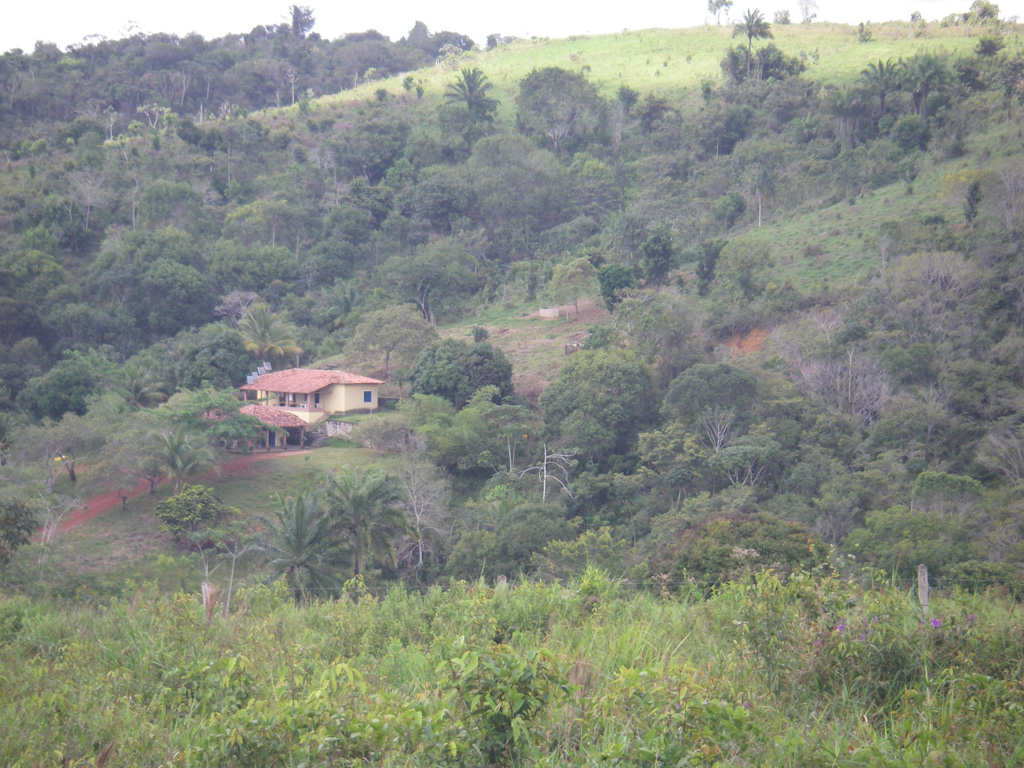
We decided to establish our headquarters on the Janbeiro farm, at the Yellow House. The house we found had been uninhabited for more than ten years. We had to reform it and today she still serves as our base. She is very comfortable and full of memories from many years of struggle at the farm.
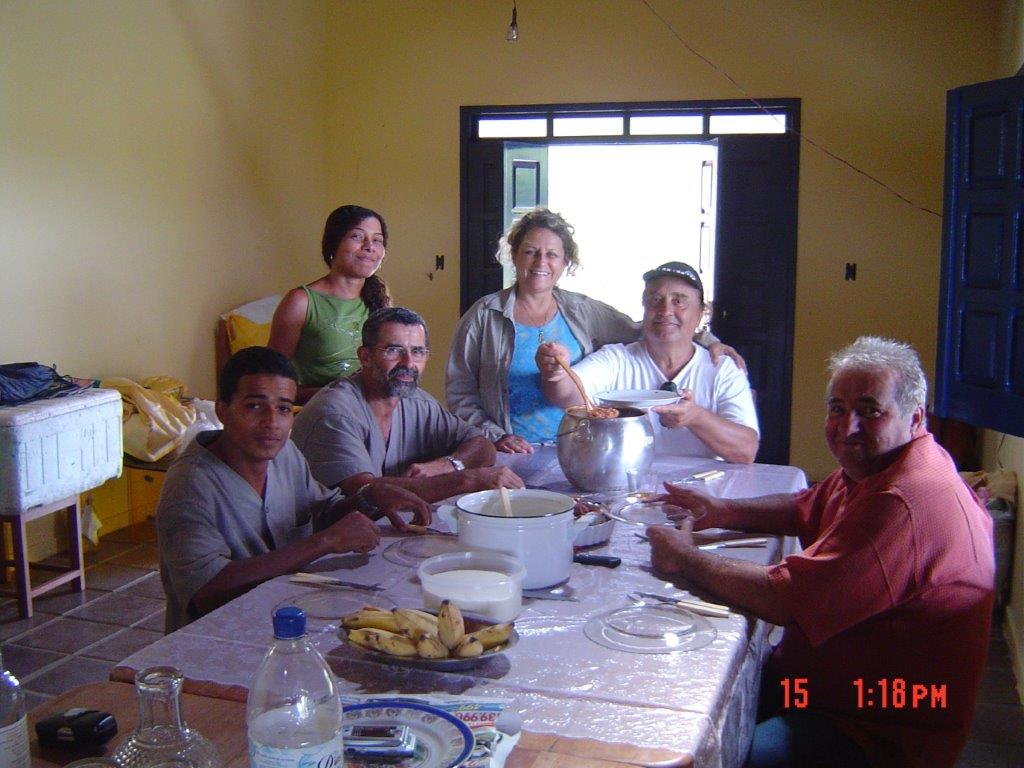
Next to the Yellow House runs a graceful creek with no name and so we baptized it as the Peralba Creek. A small dam gave us fish and prawns. From our veggie pad we got plenty tomatoes, all sorts of green vegetables, cucumbers, beans and a host of other fruit. From the Citrus orchard came the Persia limes, the pecans mandarins and the Bahia navel oranges. Eggs from the chicken shed daily and ‘galinha caipira’ every now and then. And bananas, cajus, mangos, jacas, cacao… all from planted trees all over the farm. The abundance on the table made farm life less primitive.
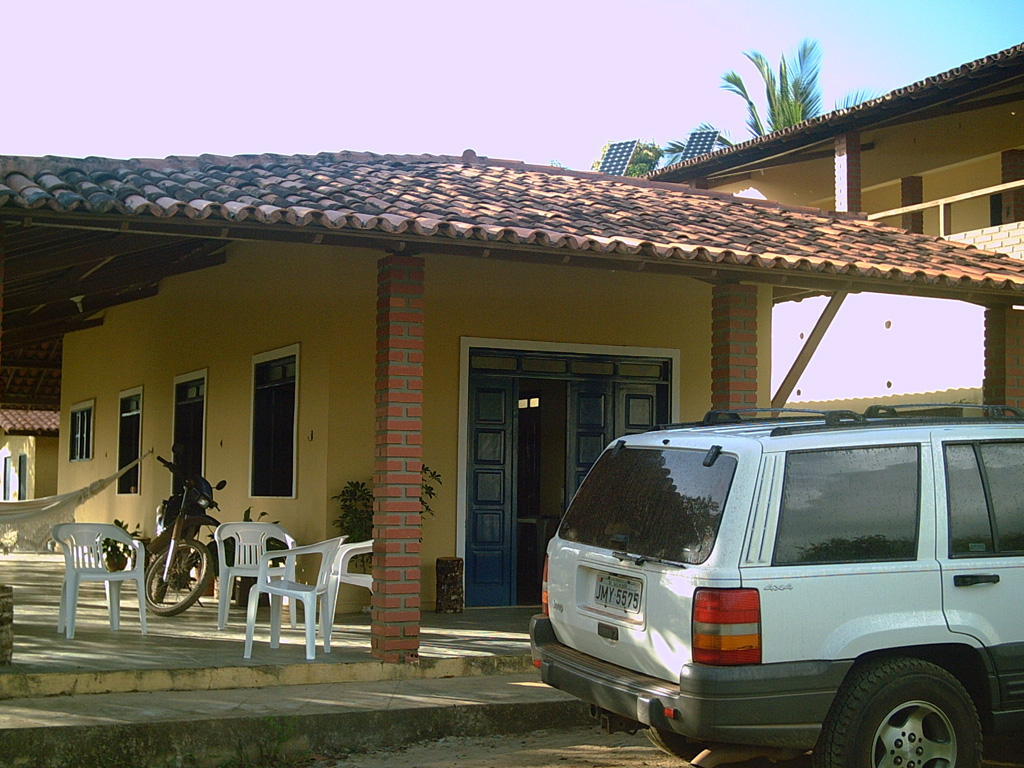
There was no electricity! For two years, we worked with candles and lamp light. We tried the “Luz para Todos”, a government program, with no success. Life was bucolic, but a little uncomfortable: sunset in this latitude is fast and at 6 pm is already pitch dark. Our dinner ended up at 7 pm. A hand of cards and at 8 pm. everyone was asleep.

During this period, we remodeled two more large houses, one in Peralba Sucupira and one in Peralba Ocean. This last one dates form the end of the 19th century and was the abode of the Colonel Vianna, the warlord that owned all these lands: more than 450,000 hectares of it!

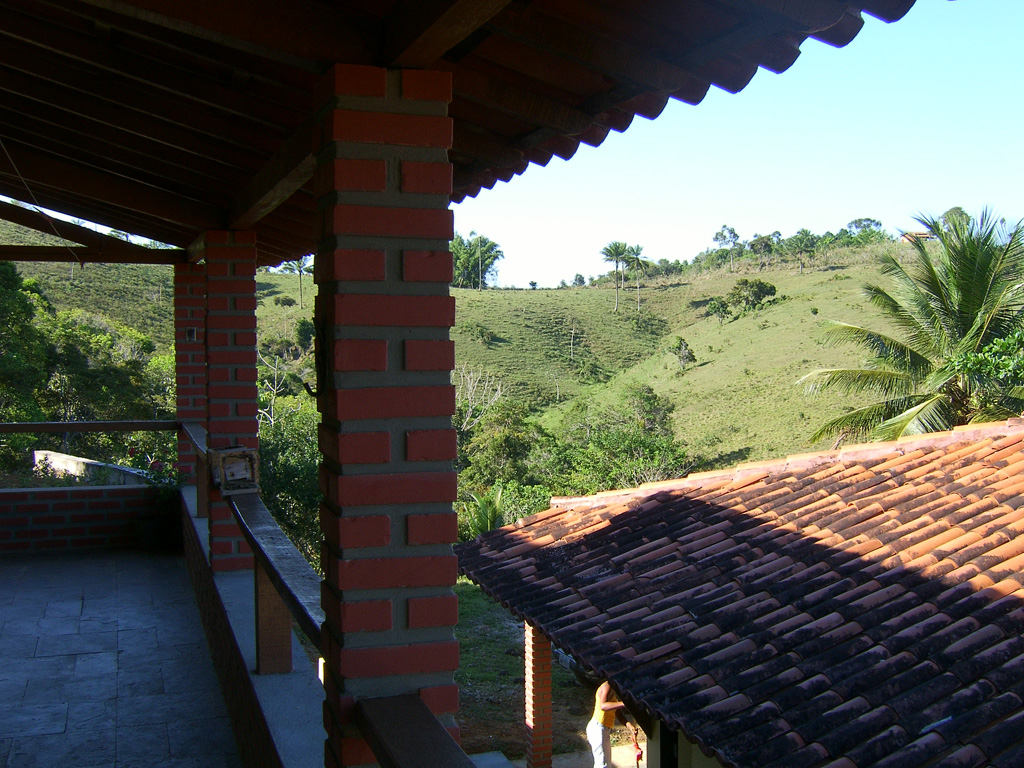
The Livestock project
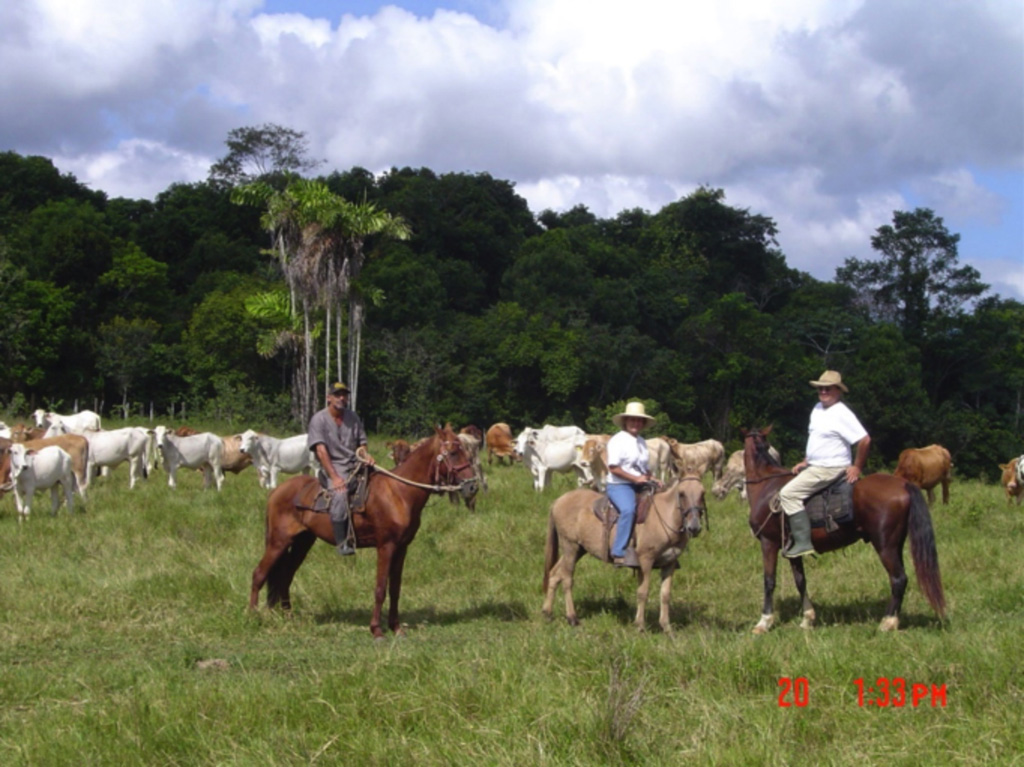
600 hectares were allocated to pastures for cattle.
The open spaces were already there. With an (apparently) low investment to recuperate the pastures, a market that was paying well at that time, Salvador at 68 Km with easy access and great demand … the business model was very attractive.
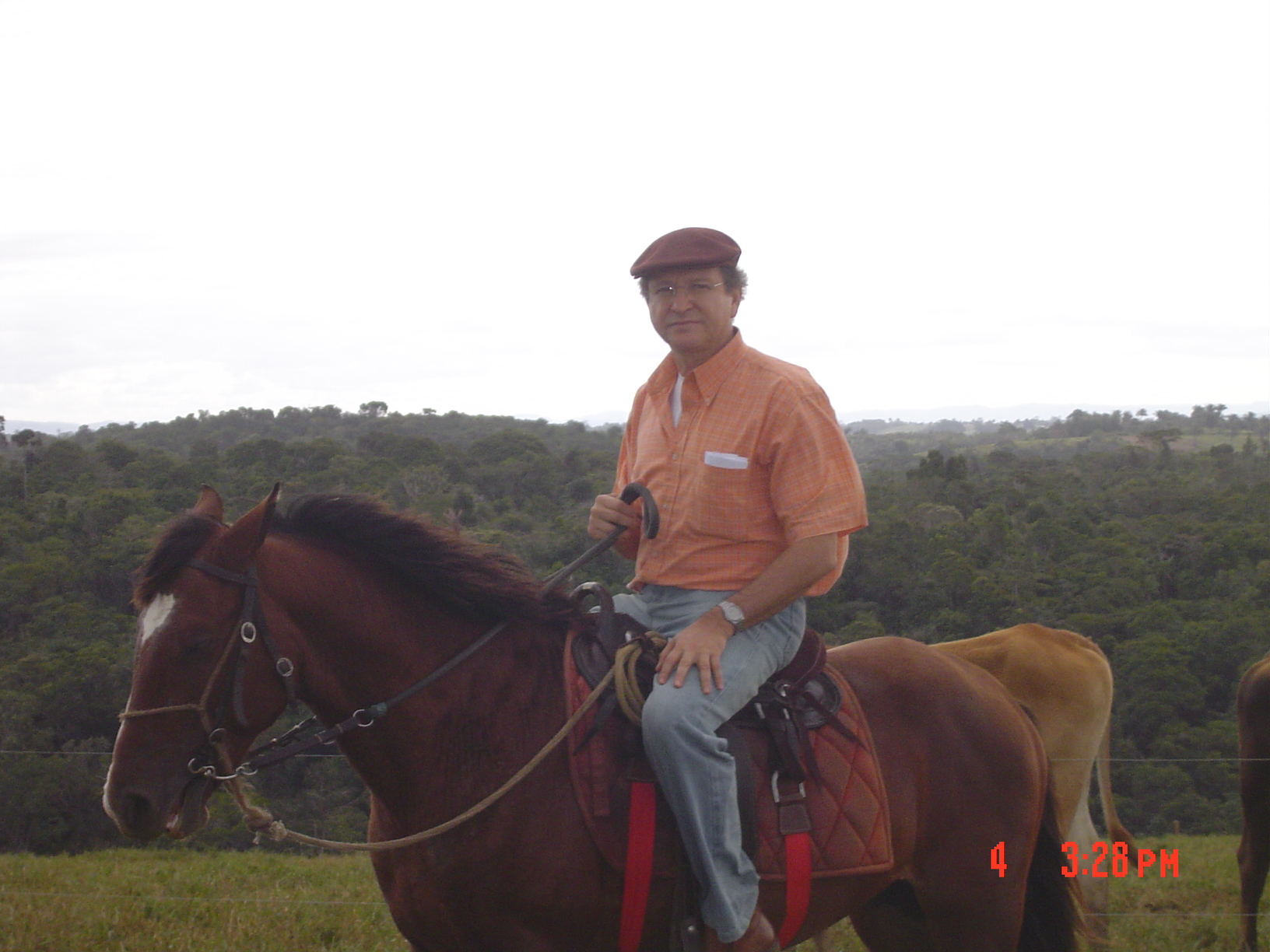
In 2010 we had 412 heads, including 111 calves born during that year. Assisted over by an experienced veterinarian and by our manager-cowboy, the livestock business thrived for several years. Surprising though, always with very narrow margins. We were reaching breakeven in 2010, when we got hit by a 98 days drought. That reduced the growth of grass and forced us to reduce drastically the herd.
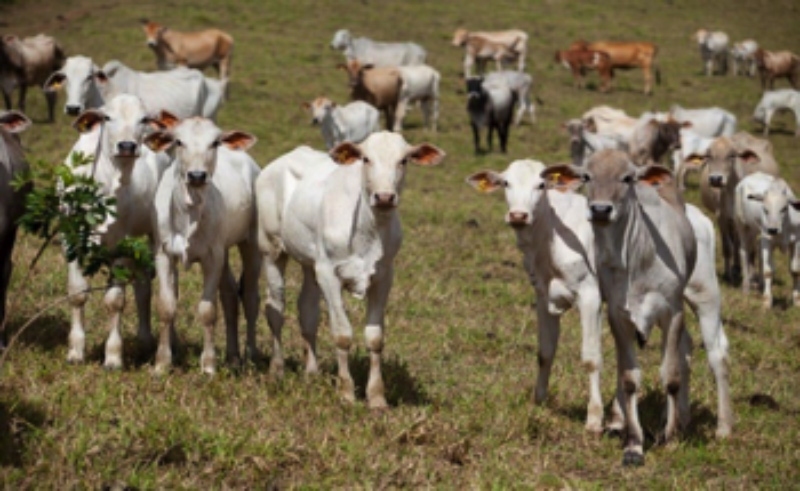
We lowered to the minimum the expectation of sustainability to 0.8 head per hectare, and that gave us a goal for feeding a herd of around 500 adult animals, being the break-even point around 422 heads.

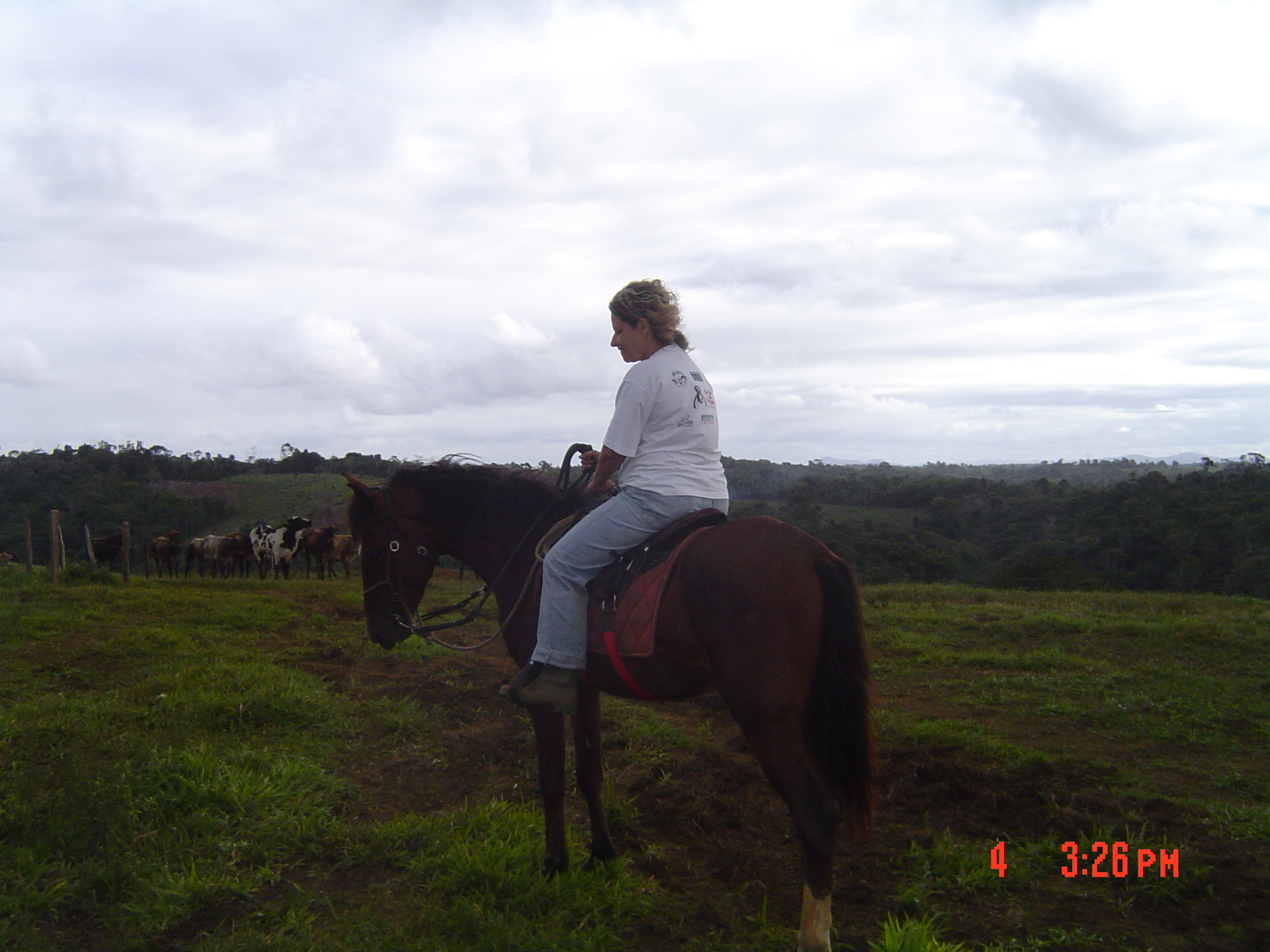
This also led us to also change the focus in the livestock business: instead of fattening, we moved to creating new stock from selected cows, as females are less demanding for food. We realized that if the hot weather would continue, the grazing pastures would be barely enough to feed 300 cows with their calves. Artificial insemination too was to be abandoned due to the high costs of genetic material and the difficulties in retaining highly specialized cowboys.
By the end of 2010 we were down to 236 cows and 104 calves… and three enormous bulls: slowly it was becoming evident that such a business would become uneconomical due to the changes in the weather patterns. (And 2012 proved our forecast: 148 days of drought! As the farm was already trailing a new direction away from livestock, the core competency of the team finally moved to agriculture. In 2014, we finally closed down the livestock project.)
The Coffee Project
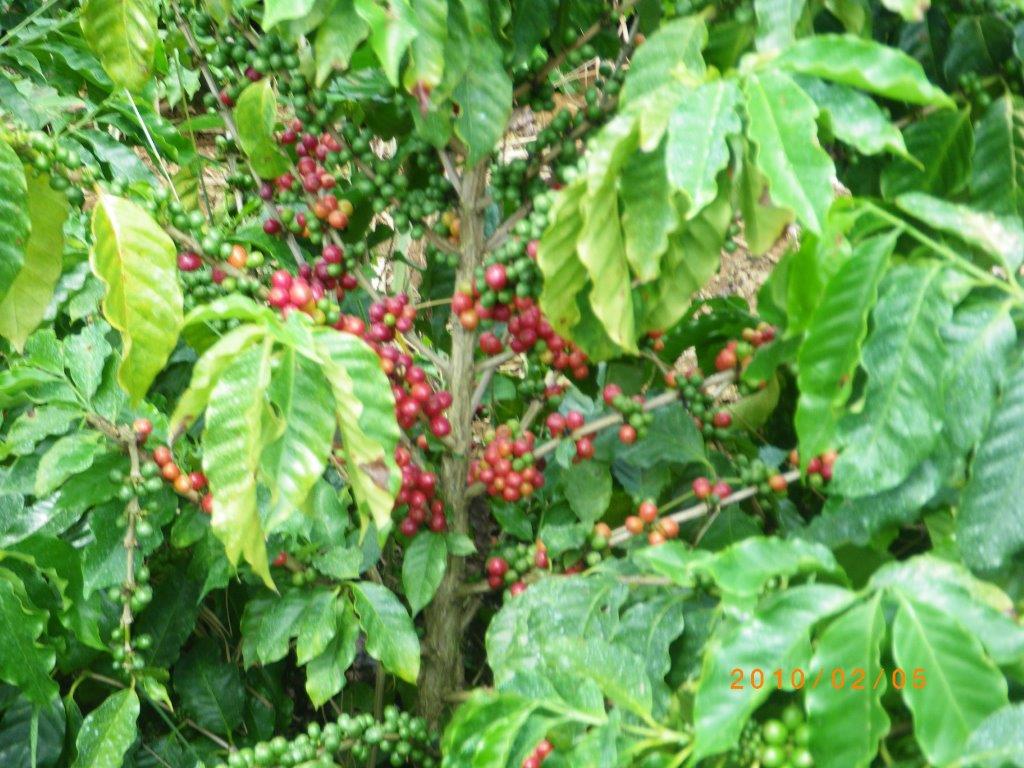
According to our observations and with the orientation of our agricultural engineer, Dr. Matiello, considered the Pope of coffee in Brazil at that time, we nursed and then planted in two years 54 hectares of coffee in super dense regimen: 280,000 of genetically selected trees. We grew our seedlings in our nursery. We innovated: 28% of Arabica strain and 72% of Connilon, also called Robusta.
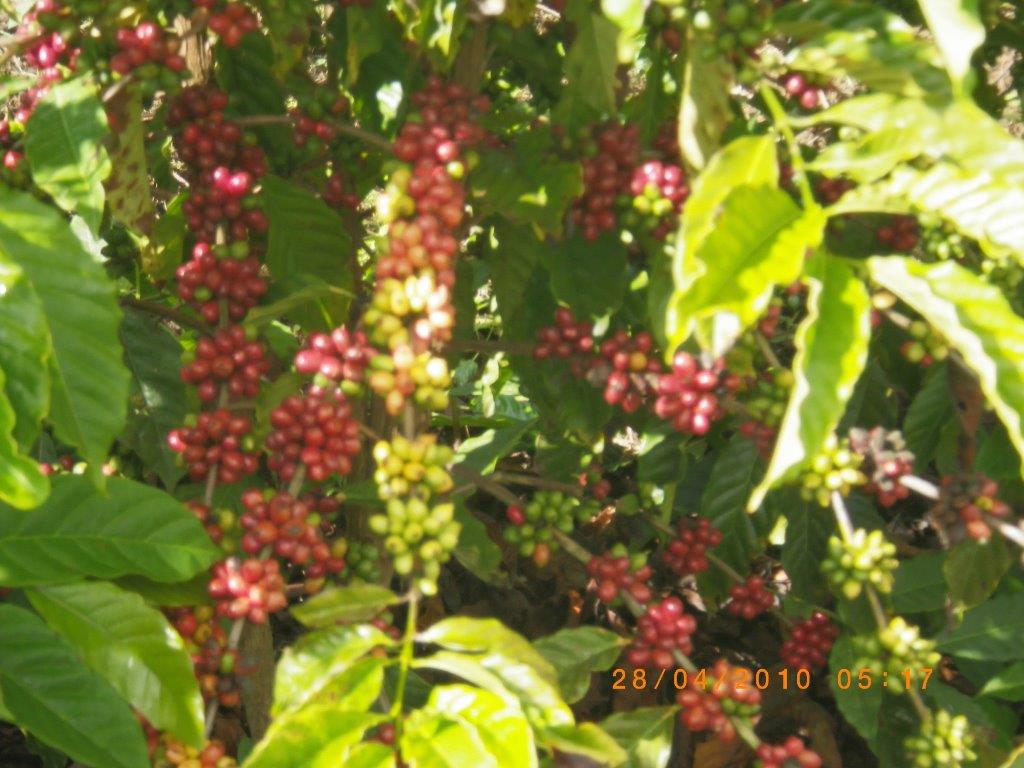
All the ‘experts’ knew, and repeated ad nauseam, that the gene of Arabica coffee need altitude, cold and dry climate. However, we did not have these features. Our micro climate has a very high humidity level (85%+) and the weather is warm and at a very low altitude close to the ocean. Impossible, was the repeated word you could hear when we exposed our plans. However, Dr. Matiello, selected genetic material able to produce Arabica coffee at low altitudes and in hot, moist climates, and we planted and it worked.
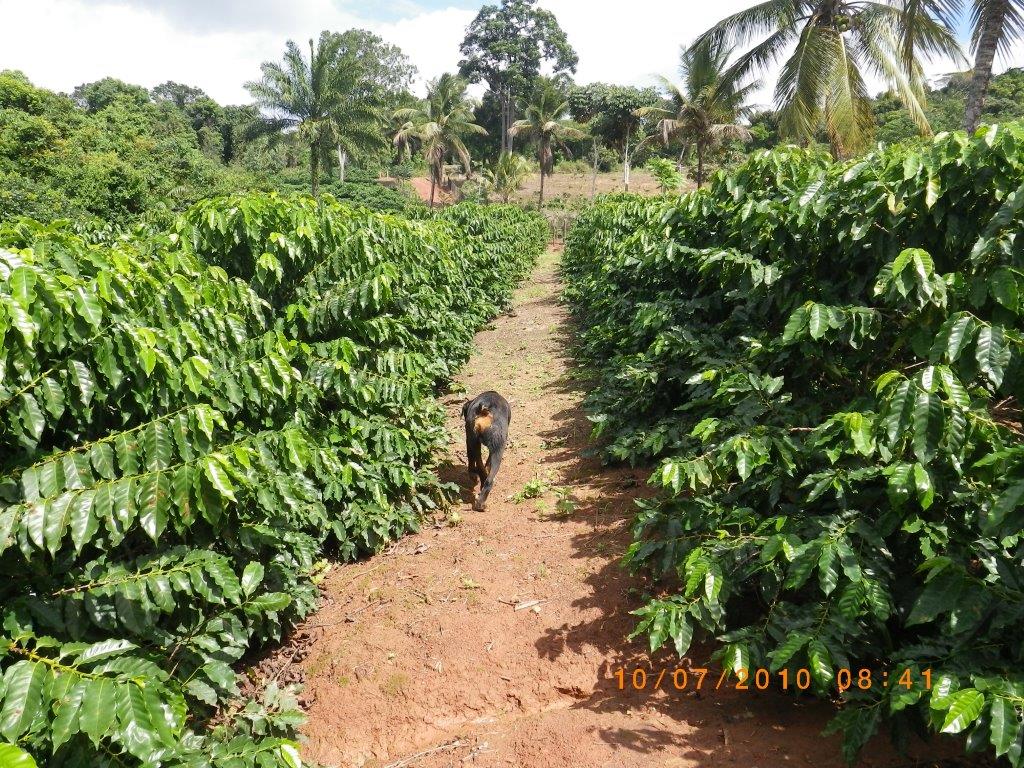
In 2010 each hectare produced per hectare is around 36 bags of 60 kg of green coffee!
The Eucalyptus project and the pau-brazil
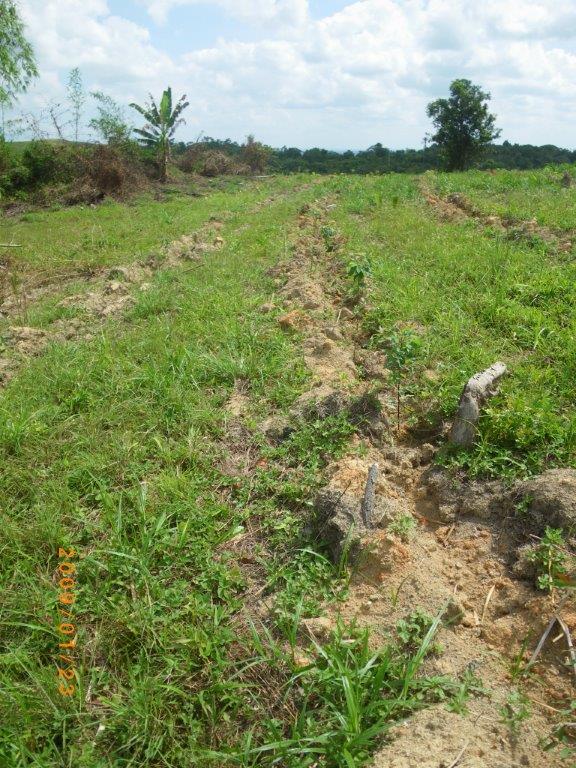
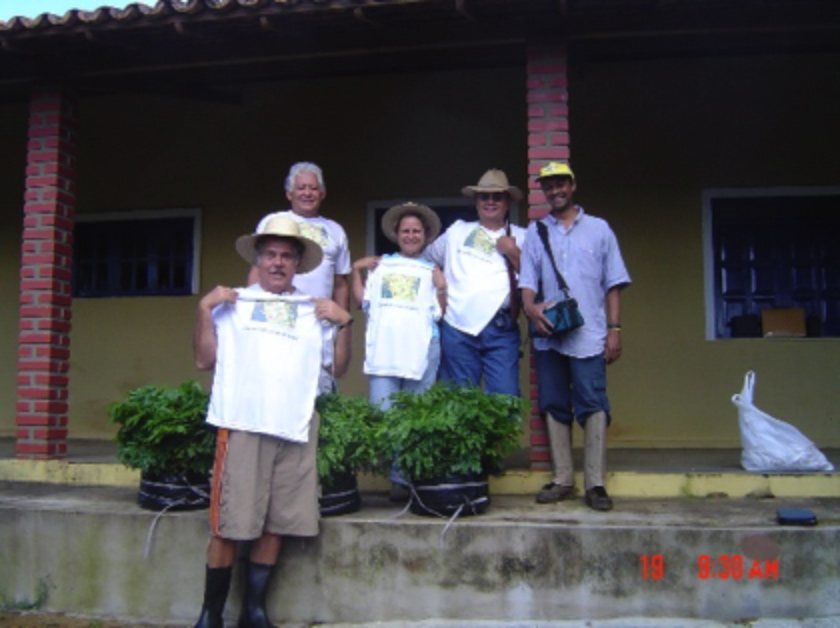
Convinced by an NGO, The Gaia Way (TGW) of California, led by Dr. James Gardner, in 2006/7 we planted 3800 feet of PAU BRASIL (Ibira Pitanga in Tupy/Guarany language or known by the scientific name of Cisalpina Echinata) in various parts of the Atlantic forest, its original habitat. The initiative of this planting came from the visionary initiative of Dr. Gardner and his wife, Mrs. Annemarie Breuer-Gardner, in response to the International Association of musicians of Violins and Cellos (IAM) concerns.
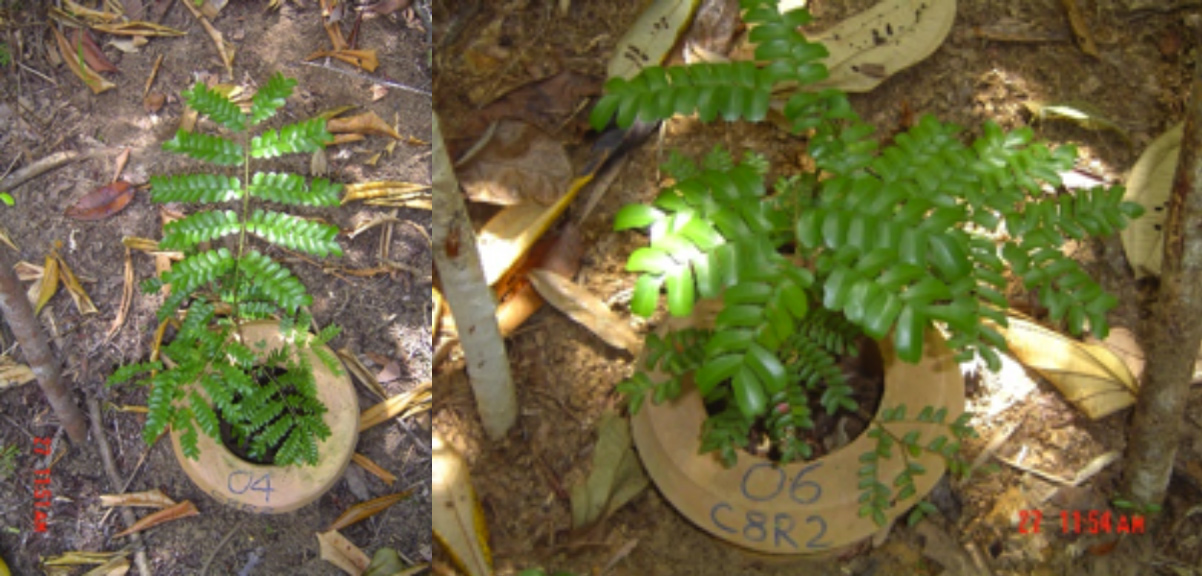
This program, conceived by the IAM, aims to prevent the extinction of the Pau Brazil. Such event would force musicians to use other types of wood and that would change the sound of all string instruments and thus erase the fidelity of the original sound that the artist or composer sought. The contract established with the CEPLAC and authorized by the Brazilian Government, states that 50% of planting may be marketed with the industry of bows for violins and cello, 30% will remain as a genetic Bank and 20% used for educational purposes in schools, gardens, orchards, or other places that advertise the wood that gave name to our country.
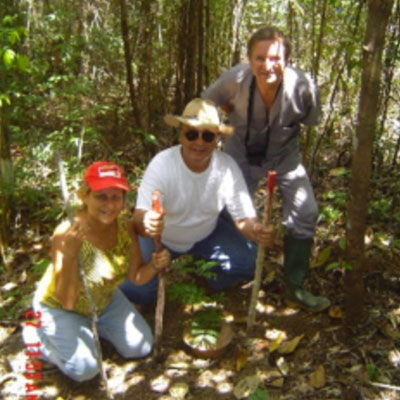
This NGO supplied the seedlings, technical support from a researcher at Ceplac, and ongoing monitoring over the years. All the seedlings were planted with protection against ants, sorted into groups of star shape, composted at the base and geo-referenced. Every single one of the trees. It was a magnificent and interesting project! The Pau Brazil tree will not become extinct.
And this we own exclusively to the visionary support of Dr. Gardner and Mrs Breuer/Gardner, who provided a continuous stream of funds to the project to date and for the years to m come. Thanks you Dr. Gardner! Thanks Anne!
Palm fiber and palm oil extraction
Since the beginning of this adventure, we were confronted with a centuries-old practice of the local population of hunting and gathering, in this case the extraction of palm fiber and palm oil from trees native in the forest. The solution to the extraction of the palm fiber was built slowly with a local leader.
Such family practice had been his for generations and this activity generated employment for many women who are allocated in the processing of preparing this fiber for sale. Ten years later, we still have this partnership going and it look as if it will be for many years to come.
The dendé oil, extracted from a palm original of this region, maintains alive even today hundreds of locals who scout the forest to harvest this fruit and crush it to extract the oil. We kept also this practice alive in partnership with two of the major gatherers from Camassandi. An added benefit turned out to be that any stranger seen to roam the forest would be immediately reported to our friendly warden, Raimundo. Several hunters and wanderers were gently removed from the forest.
In the last five years, we had not one single site of intruders. The Palm is a palmácea that produces edible oil very rich in vitamin A and is commonly used in food of African origin. It is also used in the cosmetics industries and recently the Brazilian Government rehearsed the idea of producing green diesel oil from this fruit. That project lead to the appearance of immense plantation of this palm and many originals gatherer moved to work in these industry. Our still remain a local activity and we extract our own special dendé oil that few can find anywhere in the world.
Rubber tree project
After a long and accurate market research, we focused on another crop that could give satisfactory returns: rubber trees.
With the proximity of Michelin, which guarantee the purchase of all our production and give us technical assistance, the cultivation of rubber trees seemed attractive.
Experiments on lemon value chain for export
The other culture that stood out for its productive potential and profitability was the lime of the Tahiti type. Here again we dipped before committing. A slow and careful research indicated very positive future results.
Production in Brazil was low and it could grow tremendously in the next 10/15 years. The second question was if the weather was suitable for the limes, as nobody ever planted such crop nearby. Our experimental citrus Orchard answered positively to this question. In 2008 we planted the first 12 hectares of limes.
Planted in consortium with cocoa, it would form two perennial crops able to provide attractive returns. We made the project, allocated the areas, cleaned and prepared the land, and planted 5 hectares. All seemed well, was it not for a nagging feeling: we were relying on one buyer only.
Reality hit home in 2009: the price of natural rubber fell 40% breaking a pattern of almost 25-year growth. But such event was enough for us to doubt the future of this crop.
Even when prices in 2012 went back to its historic growth trend and we harvested to recover our losses, we abandoned the crop: no returns and too difficult to keep the necessarily trained work force.
2007/2010
All these initiatives were within our initial purpose: ensure enough generation of financial resources to be able to sustain the costs to protect our forest.
The future outlined itself … we needed now to consolidate the business started: the period of consolidation of Peralba, 2011-2016.
Today we are left with the dream of a better and larger rubber plantation. Who knows if in the future we can reactivate this idea…
The third question was: in which links of the chain of value of this business should we be present to ensure the attractive returns. To answer this question, we bought limes from farmers in Cruz das Almas and Mangabeira, and exported 12 containers of this fruit to the Netherlands: this allowed us to evaluate the returns per link of the value chain and define our position. It also demonstrated the attractiveness of this business.

.jpg)
.jpg)
.jpg)
.jpg)
.jpg)
.jpg)
.jpg)
.jpg)
.jpg)
.jpg)
.jpg)
.jpg)
.jpg)
.jpg)
.jpg)
.jpg)
.jpg)
.jpg)
.jpg)
.jpg)